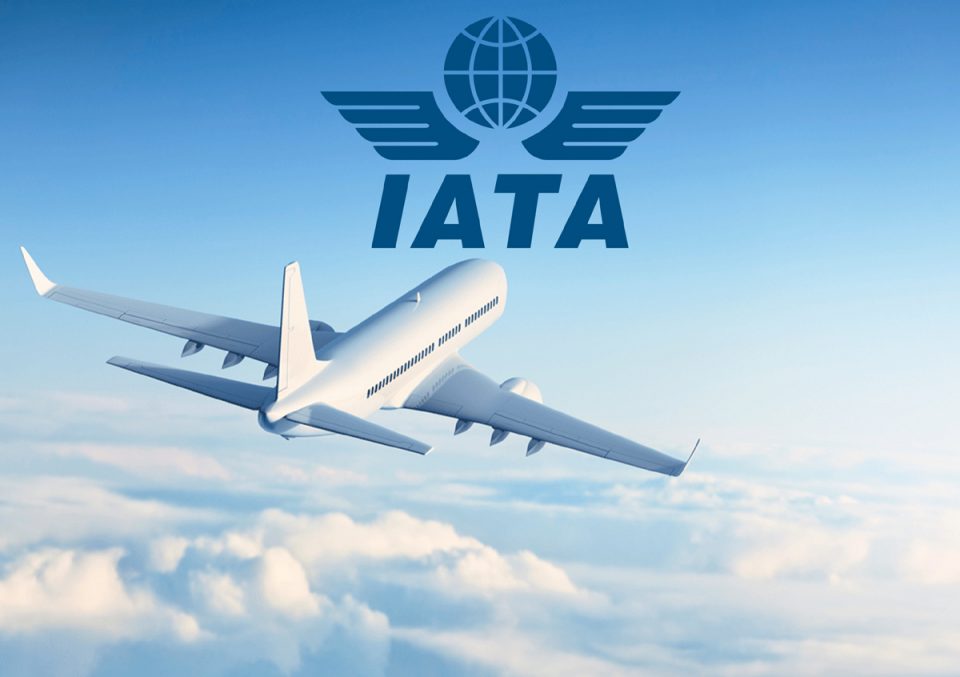The International Air Transport Association (IATA) has said that total demand; measured in Revenue Passenger Kilometers (RPK) was 72.8 per cent lower in September 2020 when compared to the same period in 2019.
But, air traffic in Nigeria has grown to about 75 per cent in the past two months.
Information gathered by DAILY INDEPENDENT indicated that most of the airlines especially Dana Air, Air Peace, Aero Contractors, Overland Airways and Arik Air carry a minimum of 70 per cent load factor at present.
Mr. Kingsley Ezenwa, Communications Manager, Dana Air in an interview with our correspondent said that the load factor of the airline had improved to 75 per cent in recent times when compared to two months ago.
Ezenwa said that when the airspace was reopened for domestic operators in July, the airline had between 40 to 50 per cent load factor.
Besides, he projected that the air passenger traffic would improve to almost 100 per cent by December.
He said: “Passenger traffic has grown to 75 per cent in Dana Air in recent time compared to about two months ago that we had between 40 to 50 per cent load factor.
“By December, we are expecting further growth. Gradually it is going up. By December, we are expecting an increase because everybody will be travelling at that period.”
IATA also said that airlines’ traffic in Africa sank 88.5 per cent in September, barely budged from an 88.7 per cent drop in August.
The body said that despite the reopening of most countries, passenger demand in September remained highly depressed.
The international body said that capacity was down 63 per cent compared to a year ago and load factor fell 21.8 percentage points to 60.1 per cent.
Statistics released by the association stated that international passenger demand in September plunged 88.8 per cent compared to September 2019, basically unchanged from the 88.5 per cent decline recorded in August, while capacity plummeted 78.9 per cent and load factor withered 38.2 percentage points to 43.5 per cent.
According to it, domestic demand in September was down 43.3 per cent compared to the previous year, improved from a 50.7 per cent decline in August. Compared to 2019, capacity fell 33.3 per cent and the load factor dropped 12.4 percentage points to 69.9 per cent.
Commenting on the statistics, Alexandre de Juniac, IATA’s Director-General said that airlines had hit a wall in the industry’s recovery.
in Covid-19 outbreaks–particularly in Europe and the US – combined with governments’ reliance on the blunt instrument of quarantine in the absence of globally aligned testing regimes, has halted momentum toward re-opening borders to travel.
“Although, domestic markets are doing better, this is primarily owing to improvements in China and Russia. And domestic traffic represents just a bit more than a third of total traffic, so it is not enough to sustain a general recovery.”
African airlines’ traffic sank 88.5 per cent in September, barely budged from an 88.7 per cent drop in August.
Capacity contracted 74.7 per cent, and load factor fell 39.4 percentage points to 32.6 per cent, which was the second lowest among regions.
European carriers’ September demand collapsed 82.5 per cent versus a year ago, which was a setback compared to an 80.5 per cent decline in August.
Europe was the only region to see deterioration in traffic compared to August, owing to renewed infections that led to a wave of border closings. Capacity contracted 70.7 per cent and load factor fell by 35.1 percentage points to 51.8 per cent.
Asia-Pacific airlines’ September traffic sank 95.8 per cent compared to the year-ago period, virtually unchanged from a 96.2 per cent drop in August.
The region continued to suffer from the steepest fall in traffic as flight restrictions have remained stringent with little re-opening of borders.
Capacity plummeted 89.6 per cent and load factor shrank 46.8 percentage points to 31.7 per cent, the lowest among regions.
Middle Eastern airlines posted a 90.2 per cent traffic decline for September, improved from a 92.3 per cent demand drop in August. Capacity tumbled 78.5 per cent, and load factor sank 40.9 percentage points to 34.4 per cent.




